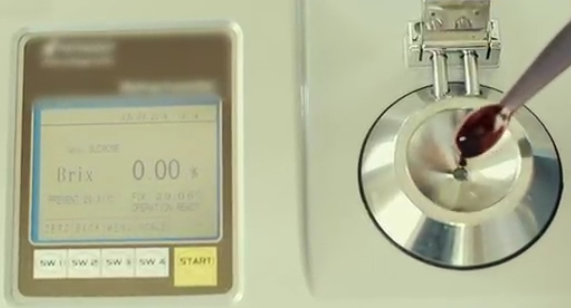![]() Liquid Sucrose
Liquid Sucrose
Rating : 5
Cons:
To be taken in controlled quantity (1)Liquid Sucrose is a concentrated sugar solution, primarily derived from either sugarcane or sugar beet. It is widely used in the food industry as a sweetener, preservative, and to improve the texture of products.Raw Materials Used in the ProductionSugarcane or Sugar Beet. These are the primary sources of sucrose.Water. Used to extract sucrose from ... (Read the full Tiiip)
10 pts from Frank123
| Evaluate | Where is this found? |
| "Descrizione" about Liquid Sucrose Review Consensus 10 by Frank123 (12058 pt) | 2023-Nov-24 19:36 |
Liquid Sucrose is a concentrated sugar solution, primarily derived from either sugarcane or sugar beet. It is widely used in the food industry as a sweetener, preservative, and to improve the texture ...
| Read the full Tiiip | (Send your comment) |
Read other Tiiips about this object in __Italiano (1)
Component type: Chemical Main substances: Last update: 2023-11-24 19:20:54 | Chemical Risk: |



